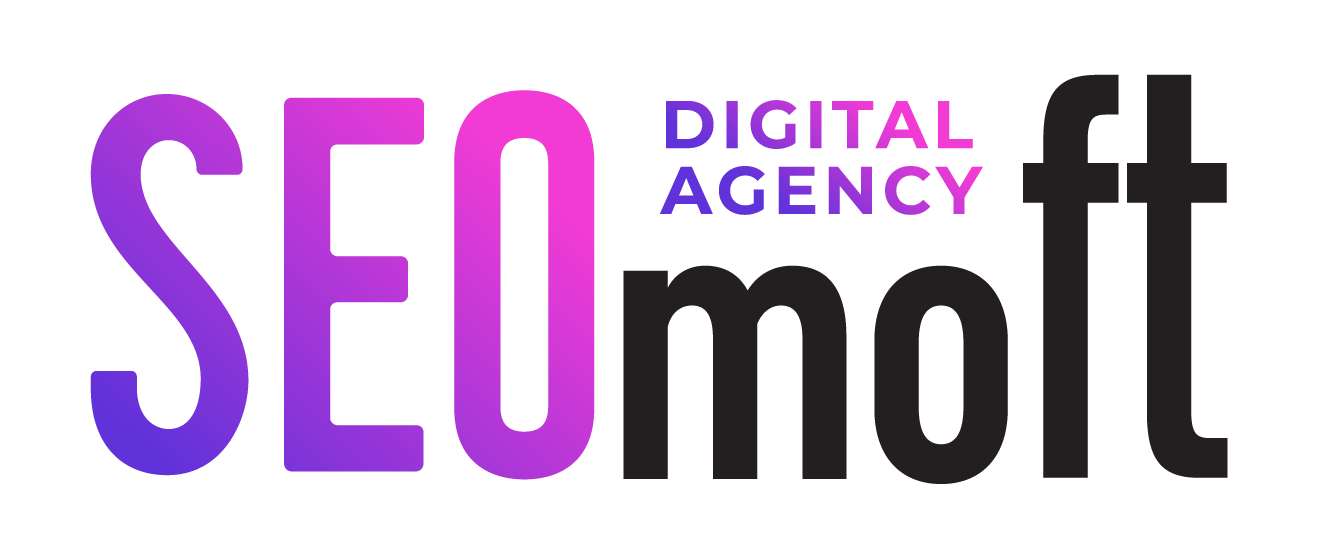As an e-commerce business owner, your ultimate goal should be to get more sales and satisfied customers. This can be achieved not only by having high-quality products but also by having a visually appealing and easy-to-use website with a straightforward checkout process, plus detailed information on presented items, delivery, and payment options. If you’re not tracking and analyzing your conversion rates you’re much less likely to know what issues your website has and how to improve them.
All conversion rate optimization campaigns have to be based on data. If you don’t know what the users do on your website then how would you know if the changes/ improvements you made helped or hurt your conversions? Every step of a CRO campaign has to be based on the data to have a positive impact on your profit. Improving your conversion helps all of your marketing channels, whether that’s PPC, SEO, affiliates, influencers, social media, you name it.

What Factors Impact E-commerce Conversions
Paying attention to conversions, UX, and website performance will bring you numerous advantages. To receive e-commerce orders, you need products that correspond to consumer demands and a website that is fast, interactive, and informative.
Website structure & navigation. It should be easy for users to find what they’re looking for on your site, as well as explore your offers and content. If something is blocking the user journey from one page to another, visitors will probably leave your e-commerce. Website structure & navigation optimization includes the site’s taxonomy, how pages are structured, how menus are labeled, and designing helpful navigation elements like breadcrumbs, filters. The design of these elements can have a tremendous impact on the overall end-user experience, increasing or decreasing metrics like search ranking, page views, bounce rate, time on site, conversions, etc.
Loading speed. If your page loading time is too long, people are more likely to leave your website and go to your competitor. This leads to the loss of potential conversion. Such user behavior increases the bounce rate. Search engines can consider your content irrelevant for users and downgrade the website by moving it downwards in the search results. That would harm your conversions, too. So, do not overlook site speed as it’s one of the key factors in achieving great performance, customer loyalty, conversions, and, of course, search rankings.
Relevant content. People looking to buy something online want to have realistic product descriptions and as many details as possible. You need to provide visitors with informative product pages and think of incorporating additional helpful content: blog posts related to your niche, video reviews, tutorials, and so on. Providing relevant content helps to build a relationship between your brand and your audience. This then translates into brand love, more loyal customers, as well as greater word of mouth and referrals. Content for e-commerce websites is more than important. It’s one of the most strategic marketing investments e-commerce business owners can make.
Interactive features. Tech-savvy shoppers are on the rise, and so are their expectations for digital experiences. Video streaming is conquering the world of retail and innovative solutions like AR fitting rooms are not unusual anymore but becoming a norm. So don’t hesitate to think outside the box and come up with new ways to answer consumer needs. Sure, it may have never been done before. But we live in the world of AR and wearable technology. So making your website do more than just look pretty is kind of the direction you have to move in anyways.
Customer service. Customers feel safer when they have an option to contact support to ask questions and resolve order issues. Shoppers who chat with a retailer buy 3 times more often and spend 10-15% more on average. Today’s shoppers want immediate solutions to their problems. Live chat gives you the means to personalize the shopper experience, engage shoppers earlier in the buying cycle, and encourage more purchases. Done right, live chat is a strategic way to improve the customer experience and increase revenue.

E-commerce Conversion Rate Optimization Tactics
Without continuous conversion rate optimization, you’re at risk of being left behind by competitors. Learn as much as you can about your customers and their behavior and use the insights you gain to test various hypotheses and improve your website and overall operation.
These proven e-commerce CRO tactics can help you boost your sales, get more revenue, and eventually grow your business:
The strong value proposition on landing pages. The main page should have clear messaging about how your product is unique and beneficial. Naturally, being concise about product value is a general rule for any page, but it’s especially important to present a strong statement when you’re making a first impression.
Compelling product descriptions. The more details you provide on product pages, the better. Product descriptions enhance the customer experience by making your site look professional and helping you sell your product. When a potential customer lands on your site and is browsing through your products they may have a few questions. Include high-resolution photos made from different angles and tell about any parameters that apply.
Flexible search options. Users should be able to easily navigate through categories and pages, and also search for products they need. Make the search option visible and consider adding popular search tags. Consider integrating visual search: the majority of Millennials and younger consumers prefer visual search, and this technology can bring a revenue increase of up to 30% to e-commerce businesses.
Filtering options. Make sure to add all relevant filters so that users can navigate through a range of products. If there are a lot of variations, filters, and sorting options can be placed both on the side and above the list. When utilized efficiently, product filters can empower customers to narrow down an extensive product catalog to just a handful of products that match their unique buying preferences.
Personalized recommendations. Studies consistently show that product recommendations based on a shoppers’ interests or actions boost sales. Customers want to be served products that correspond to their tastes and interests. Without personalization, you’re relying on consumers to figure out what they want. By presenting relevant products, you eliminate all of that hard work, which most shoppers aren’t going to do anyway.
Provide enough payment options. Offering the right payment methods to customers may not sound like a big step, but the data shows that offering the correct payment methods increases conversions. Simply not supporting the favorite payment of your customers is enough to make them decide against buying from your website.
In fact, a lack of payment options is among the top ten reasons why shoppers abandon online shopping carts.
Analyze cart abandonment data. Shopping cart abandonment has a big impact on your checkout, reducing conversions on your e-commerce store. The goal of calculating the cart abandonment rate is to figure out how to reduce it and improve revenue. To improve your checkout experience, you need to understand why customers are leaving after adding items to their cart. Data obtained from cart abandonment analysis can help you customize emails and improve the checkout conversion rate and experience.
Final Thoughts
Without continuous conversion rate optimization, you’re at risk of being left behind by competitors. Applying a holistic approach, you’re likely to expand your reach, maintain a solid presence in search, and enjoy a constant flow of new customers.The real importance of conversion rate optimization is that it gets the ball rolling. It helps you acquire more customers in a shorter amount of time and it improves your other marketing campaigns, too.
E-commerce conversion rate optimization helps you make the most from what you already have. Once CRO is in place, it hugely benefits you and your business. By investing in e-commerce conversion rate optimization, you’ll make the most of your existing online traffic and have more money to invest in acquisition, improving results at all stages of the conversion funnel. Now is the time to get your e-commerce conversion rate optimized!

